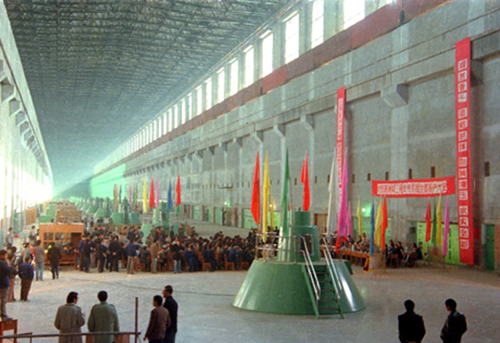
A ceremony is held on Dec 1, 1988 as 21 generator units at the Gezhouba project has gone into operation by that day. [Photo provided by Chen Wei]
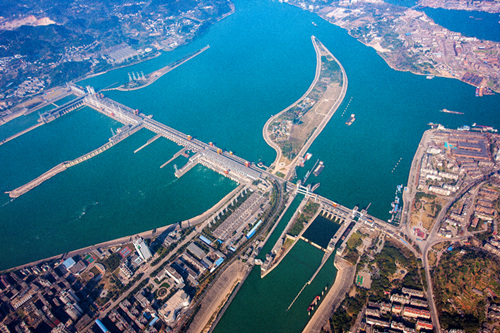
A full view of the Gezhouba Dam [Photo by Huang Zhengping]
The main body of the project included water retaining structures, sluices, a scouring sluice, hydropower plants and navigation structures.
Featuring 22 generator units, the project has a total installed capacity of nearly 2.74 million kilowatts and an average power output of about 16 billion kilowatt-hours.
By July 30, 2021, the project had produced nearly 600 billion kWh of clean power, an equivalent to burning 184 million metric tons of standard coal and eliminating 503 million and 111,400 tons of carbon dioxide and sulfur dioxide respectively, which contributed to China's economic and social development and its goal of peaking carbon dioxide by 2030 and achieving carbon neutrality by 2060.
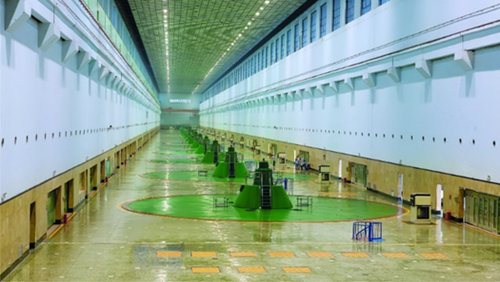
A interior view of a plant of the Gezhouba project [Photo by Liu Hengsheng]
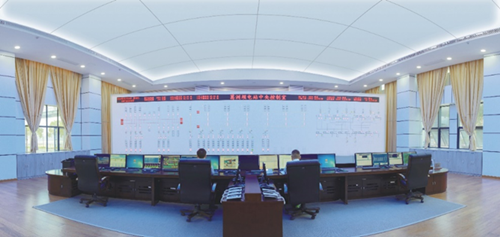
A view of the central control room at the Gezhouba Power Plant [Photo/Gezhouba Power Plant]
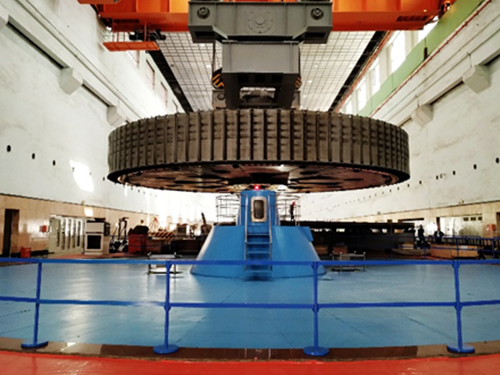
The No. 20 generator unit undergoes inspection at the Gezhouba project. [Photo by Ren Zhiqing]
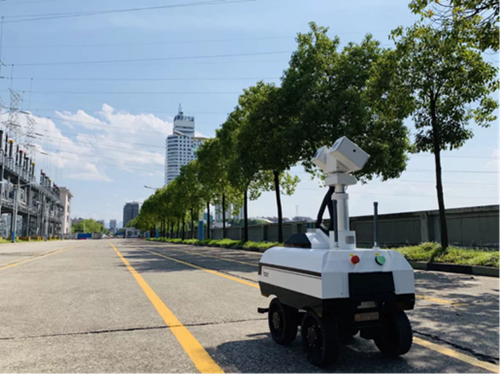
An inspection robot patrols at the GIS switch station of the Gezhouba project. [Photo by Chen Yihua]
Following the Gezhouba project, China built more hydropower projects including the Three Gorges, Xiangjiaba, Xiluodu, Baihetan and Wudongde. The country now has a total installed capacity of nearly 71.7 million kW and the world's largest clean energy corridor has taken shape.
(Executive editor: Niu Yilin)